There’s something magical about sipping tea while surrounded by mountain peaks, where the thin air seems to intensify both the flavor and the experience. Traditional mountain tea houses have served travelers for centuries, offering not just refreshment, but a moment of peace in landscapes that can feel overwhelming in their grandeur. These establishments often occupy the most spectacular locations imaginable, perched on clifftops or nestled in valleys where the only sounds are wind through pines and the gentle clinking of teacups.
What makes mountain tea houses special goes beyond their scenic settings—they represent a slower way of life where hospitality matters more than efficiency, and taking time for tea isn’t a luxury but a necessity. Here is a list of 16 traditional tea houses in the mountains that continue to welcome weary travelers with warmth, comfort, and some of the world’s most breathtaking views.
Tengboche Monastery Tea House
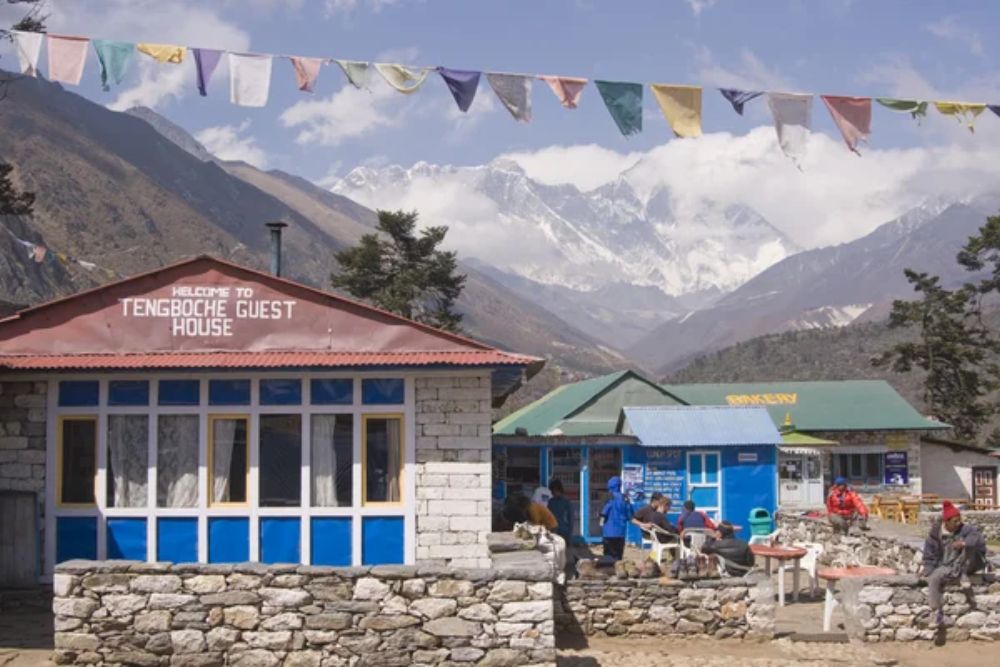
Perched at 12,664 feet in Nepal’s Khumbu region, this tea house sits within one of the Himalayas’ most sacred monasteries. Trekkers on the Everest Base Camp route often stop here for both spiritual respite and physical recovery, sipping butter tea while Mount Everest looms in the distance.
The monastery’s location provides panoramic views of Everest, Lhotse, and Ama Dablam, creating a backdrop that makes every cup feel like a meditation. Buddhist monks maintain the tea house as part of their daily practice, offering visitors not just refreshment but a glimpse into a mountain spirituality that has sustained these communities for generations.
Namche Bazaar Tea Houses
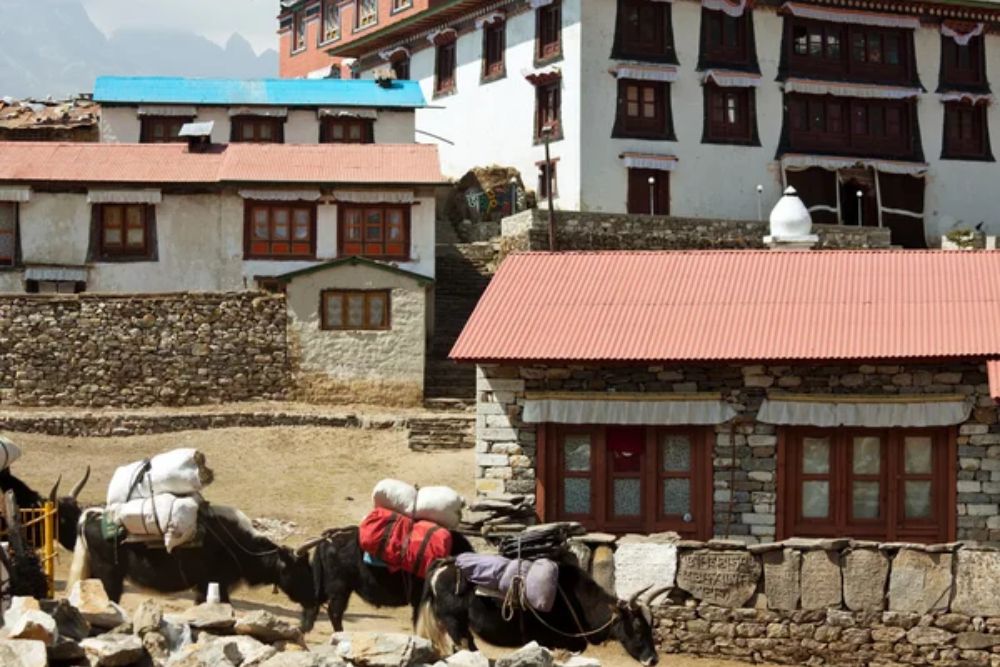
Known as the ‘Gateway to Everest,’ this bustling Sherpa town at 11,286 feet hosts numerous traditional tea houses that serve as crucial rest stops for Himalayan trekkers. The town’s terraced layout means tea houses often feature outdoor seating areas with sweeping valley views, where climbers can watch helicopters ferrying supplies to higher camps.
Local Sherpa families run most establishments, serving everything from traditional yak butter tea to surprisingly good cappuccinos at an altitude where water boils at lower temperatures. The combination of thin air, stunning scenery, and genuine mountain hospitality makes Namche’s tea houses unforgettable stops on one of the world’s most famous trekking routes.
Like Travel Pug’s content? Follow us on MSN.
Tea House Trail, Annapurna Circuit
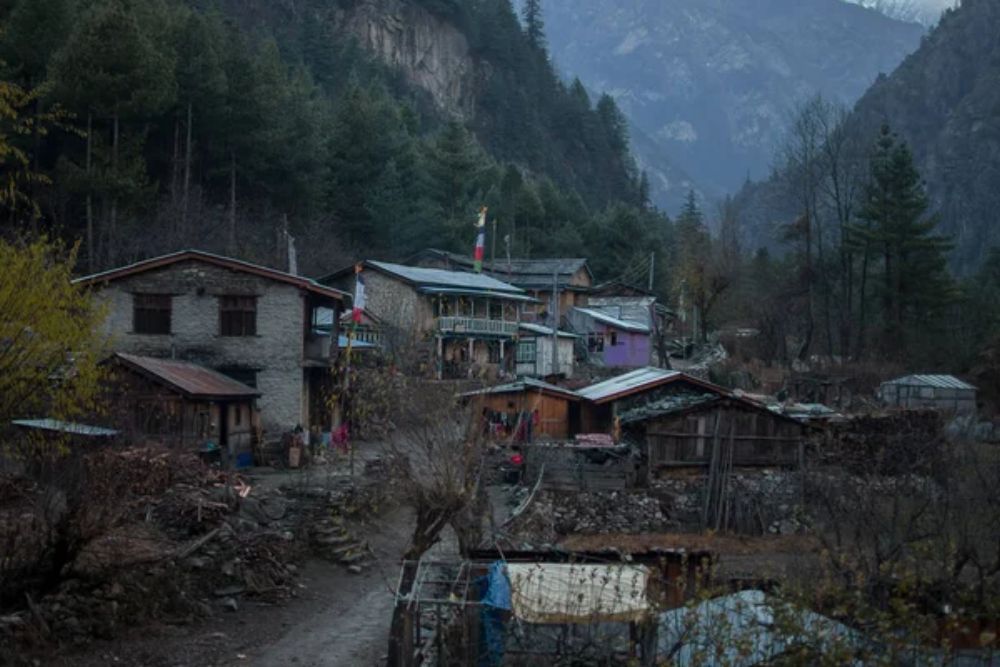
Nepal’s Annapurna Circuit features dozens of traditional tea houses that create a network of hospitality across one of the world’s most diverse mountain regions. These family-run establishments often occupy incredible locations, from rhododendron forests at lower elevations to stark high-altitude landscapes near Thorong La Pass.
Each tea house reflects the local culture of its region, with Gurung and Thakali families maintaining traditions that blend Tibetan and Nepalese influences. The trail’s tea house system allows trekkers to complete a 128-mile circuit without carrying camping gear, making it one of the world’s most accessible high-altitude adventures.
Gokyo Valley Tea Houses
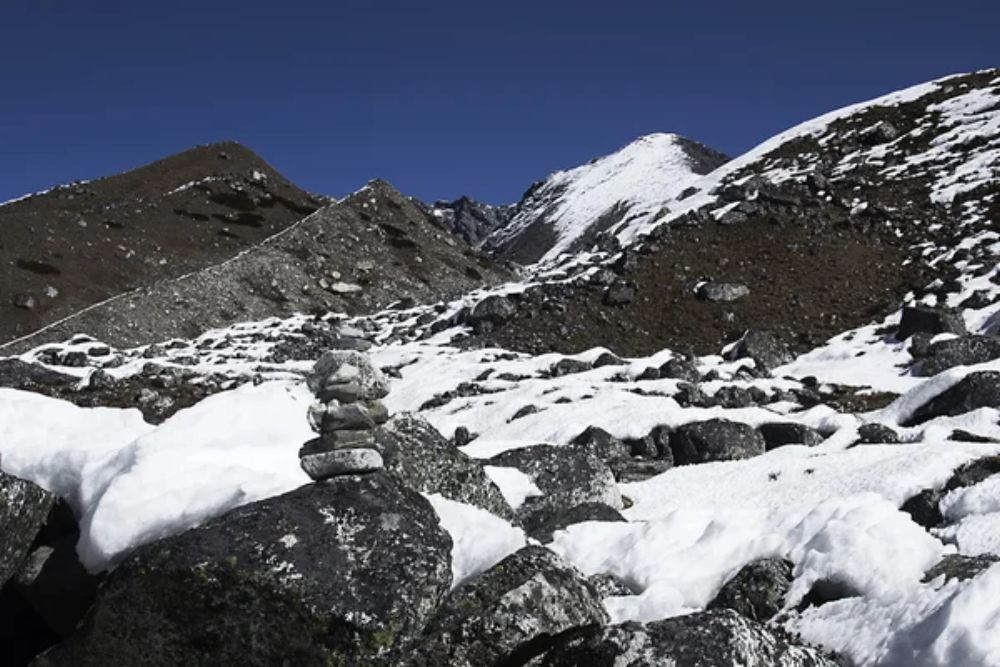
Located in the shadow of some of the world’s highest peaks, these tea houses serve trekkers exploring an alternative route to Everest Base Camp. The valley’s turquoise glacial lakes create an otherworldly setting where tea houses seem to float between earth and sky at elevations exceeding 15,000 feet.
Local Sherpa families have adapted traditional building techniques to extreme conditions, creating warm refuges where the primary fuel is often yak dung and the views include four of the world’s highest mountains. The isolation and stunning beauty of Gokyo Valley make these tea houses feel like outposts on another planet.
Darjeeling Hill Station Tea Gardens
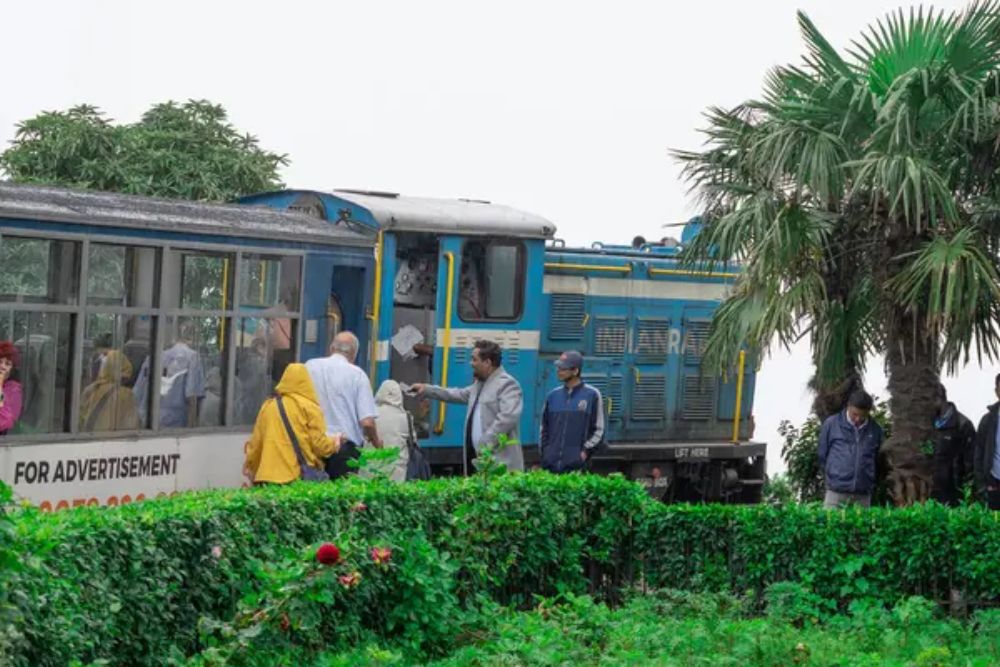
The rolling hills around this famous Indian hill station host numerous tea houses within working plantations that produce some of the world’s finest teas. These establishments often occupy colonial-era buildings where British planters once lived, creating atmospheric settings that blend Indian hospitality with imperial history.
Visitors can sample teas literally hours after picking while enjoying views across terraced hillsides that stretch toward distant Himalayan peaks. The combination of perfect growing conditions, traditional processing methods, and stunning mountain scenery makes Darjeeling’s tea houses essential stops for anyone serious about understanding tea culture.
Like Travel Pug’s content? Follow us on MSN.
Munnar Tea Estate Houses

Kerala’s Western Ghats provide the backdrop for these tea houses nestled within some of India’s most productive tea-growing regions. The area’s year-round mild climate and frequent mists create ideal conditions for both tea cultivation and contemplative sipping, with houses often built to take advantage of valley views and cooling breezes.
Many establishments occupy heritage buildings from the colonial era, featuring wide verandas and high ceilings designed to provide comfort in tropical mountain conditions. The contrast between Kerala’s lush greenery and the more austere beauty of higher mountain regions creates a uniquely relaxing tea house experience.
Cameron Highlands Tea Houses
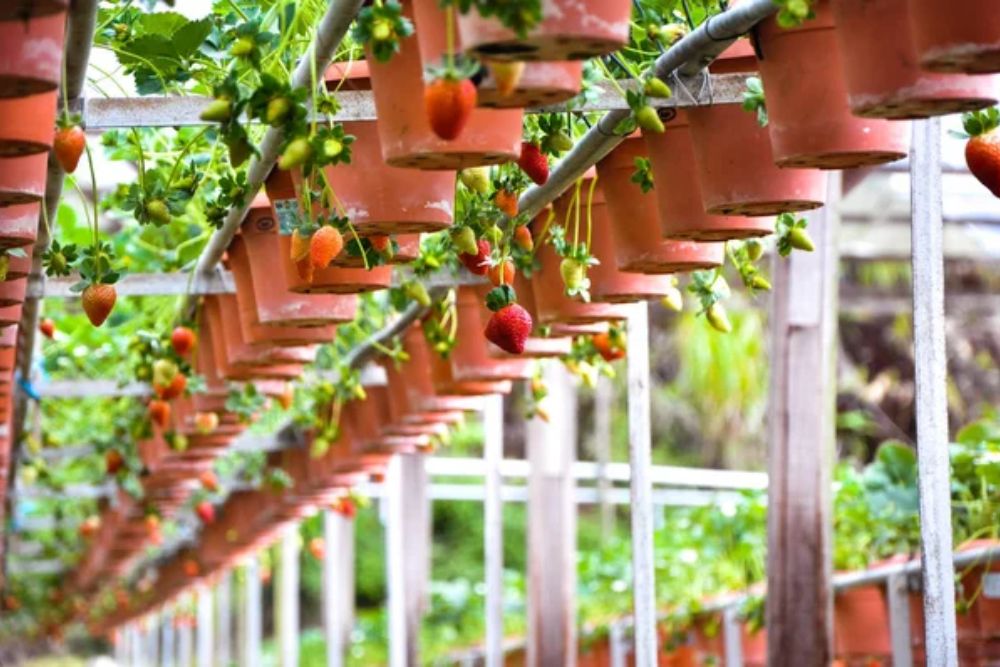
Malaysia’s premier hill station features tea houses within plantations that carpet the highlands in geometric patterns of green. These establishments often provide elevated viewing platforms where visitors can appreciate the scale of tea cultivation while sampling varieties grown at different elevations.
The area’s cool climate, unusual for tropical Malaysia, creates comfortable conditions for extended tea sessions while enjoying views that stretch across multiple valleys. Local tea houses often serve both traditional Chinese teas and British-style preparations, reflecting the cultural diversity of Malaysia’s highland communities.
Alishan Tea Houses
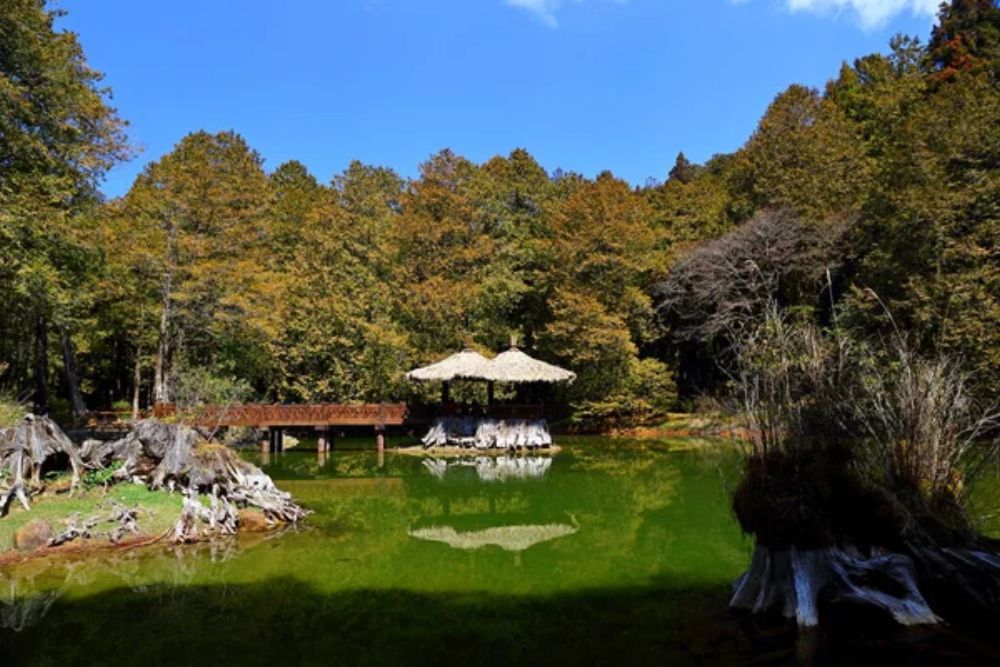
Taiwan’s famous mountain region hosts traditional tea houses where visitors can sample high-altitude oolongs while watching sunrise over the Central Mountain Range. These establishments often occupy locations chosen for their views of both tea terraces and the famous Alishan forest, creating settings where natural beauty enhances the tea experience.
The area’s elevation and climate produce teas with unique characteristics that reflect the terroir of high mountain conditions. Many tea houses also provide access to hiking trails that wind through giant red cypress trees, combining tea culture with some of Taiwan’s most spectacular forest scenery.
Like Travel Pug’s content? Follow us on MSN.
Wuyi Mountain Tea Houses
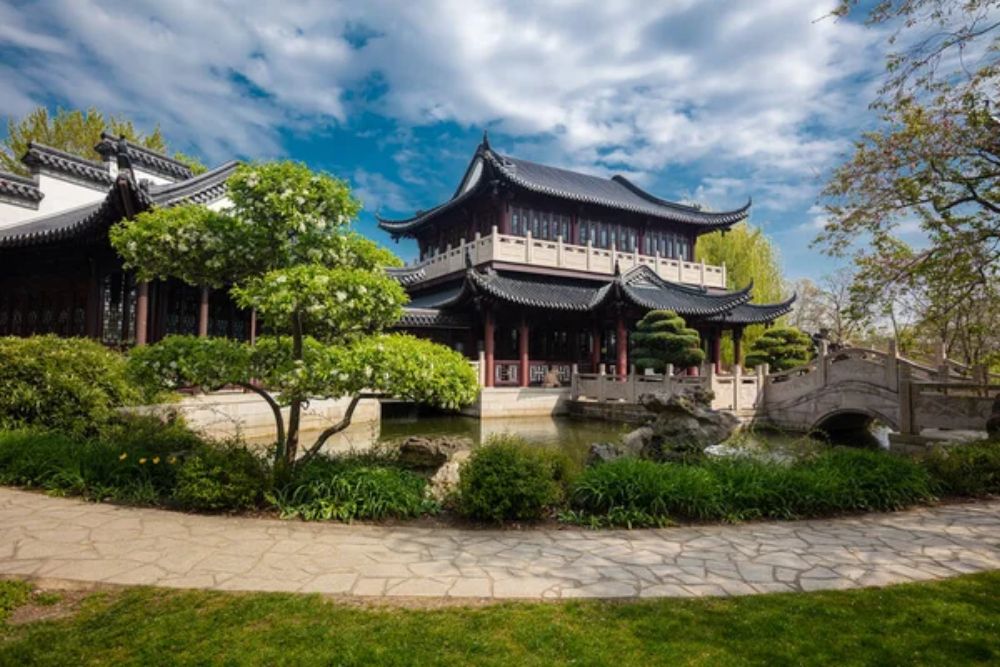
These Chinese tea houses sit within a UNESCO World Heritage Site known for producing some of the world’s finest rock teas. The dramatic landscape of steep cliffs and narrow valleys creates microclimates that produce teas with distinctive mineral characteristics that reflect their rocky growing conditions.
Traditional tea houses often occupy caves or buildings built into cliff faces, creating intimate settings where the connection between tea and landscape becomes immediately apparent. The combination of ancient tea traditions, dramatic scenery, and teas that taste distinctly of their mountain origins makes Wuyi Mountain a pilgrimage destination for serious tea enthusiasts.
Huangshan Tea Houses
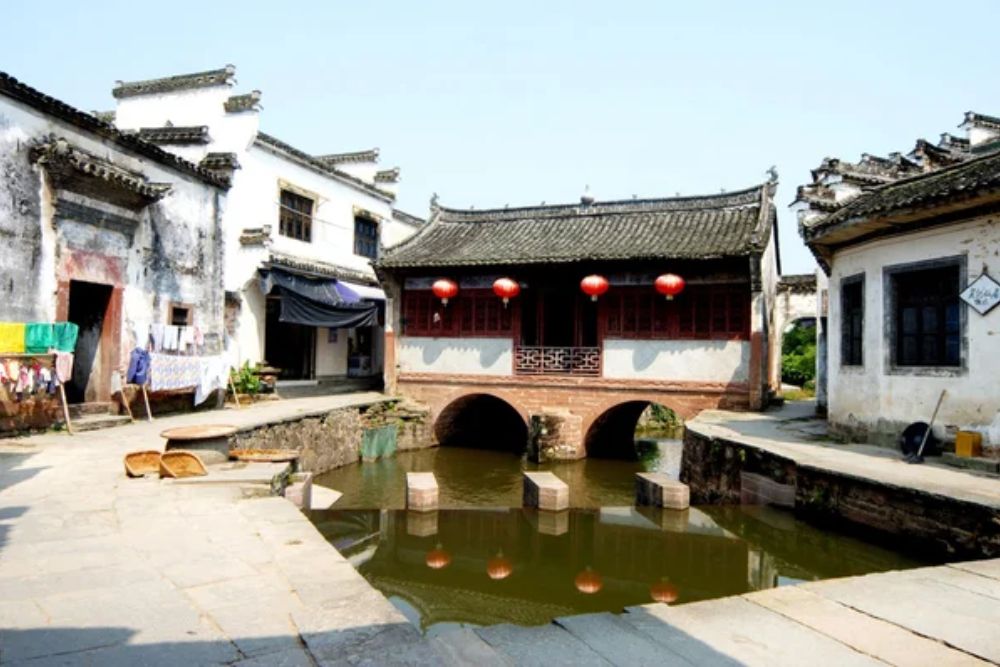
Located near China’s famous Yellow Mountain, these tea houses serve visitors exploring one of the country’s most celebrated landscapes. The area’s granite peaks, hot springs, and ancient pine trees create a setting that has inspired Chinese artists for centuries, while local tea houses provide perfect vantage points for appreciating this dramatic scenery.
Many establishments serve Huangshan Maofeng, a green tea that grows on the mountain’s slopes and captures the essence of high-altitude cultivation. The combination of artistic inspiration, natural beauty, and exceptional tea makes these houses essential stops for anyone exploring Chinese mountain culture.
Himalayan Tea Houses, Sikkim
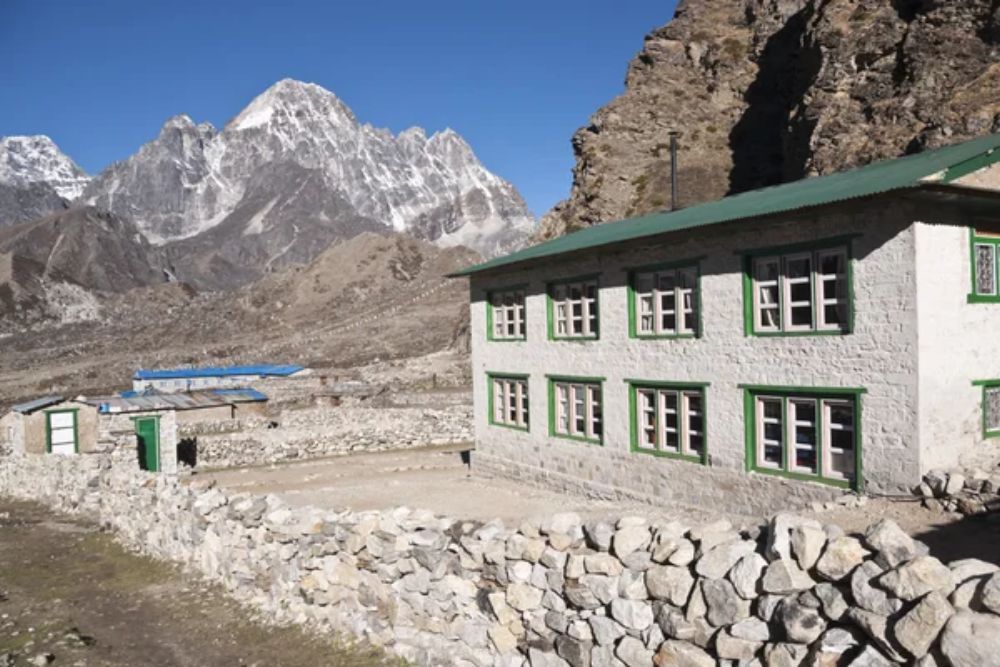
This small Indian state hosts tea houses within some of the world’s most biodiverse mountain environments, where rhododendron forests give way to alpine meadows below major Himalayan peaks. Local Lepcha and Bhutia communities maintain tea houses that reflect the region’s unique cultural blend of Tibetan, Nepalese, and Indian influences.
The area’s organic tea gardens produce varieties that benefit from pristine mountain conditions and traditional cultivation methods that avoid modern chemicals. Sikkim’s tea houses often provide access to trekking routes that lead to glacier views and rare alpine flowers found nowhere else on Earth.
Like Travel Pug’s content? Follow us on MSN.
Blue Mountain Tea Houses, Jamaica
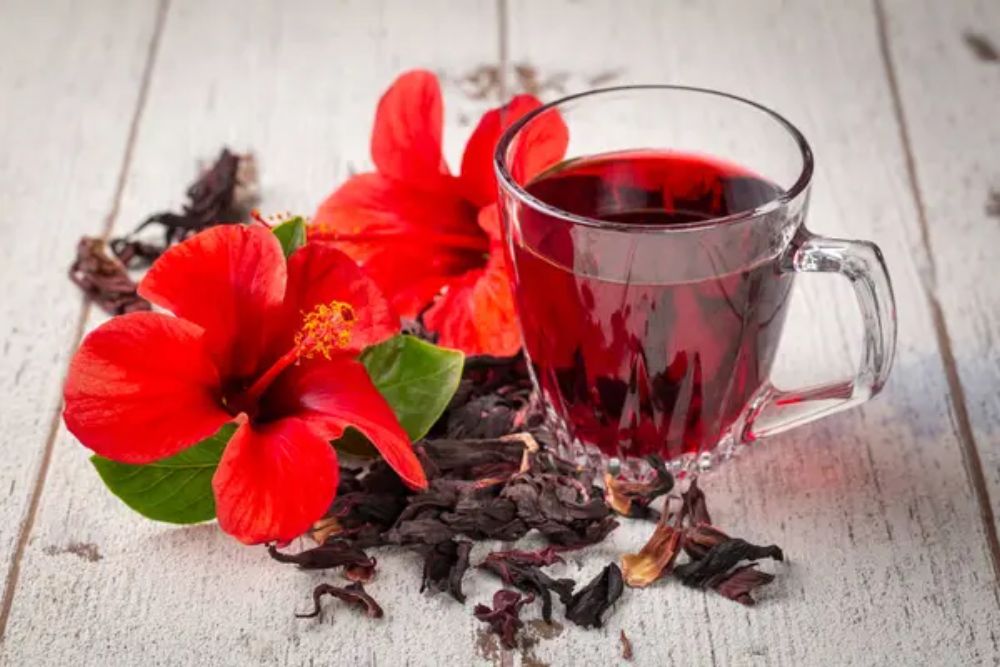
The Caribbean’s highest mountains host tea houses within coffee plantations that also cultivate traditional teas adapted to tropical highland conditions. These establishments often occupy locations with sweeping views across the island toward the sea, creating unique perspectives that combine mountain and maritime beauty.
The area’s cool temperatures and frequent cloud cover create growing conditions unlike anywhere else in the Caribbean, producing teas with characteristics that reflect this unusual terroir. Local tea houses often serve both traditional preparations and creative blends that incorporate local spices and tropical fruits.
Nilgiri Tea Estate Houses
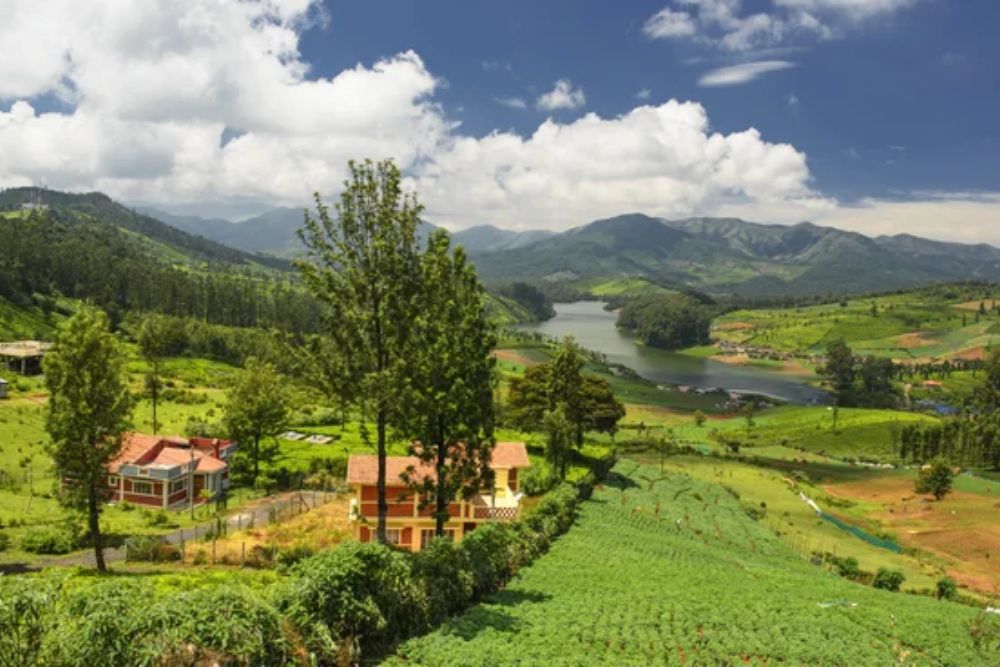
Southern India’s Western Ghats feature tea houses within plantations that produce some of the subcontinent’s most distinctive teas. The region’s year-round production season and unique climate create teas with citrusy characteristics that set them apart from other Indian varieties. Many tea houses occupy colonial-era buildings that provide wide verandas perfect for extended tea sessions while enjoying views across terraced hillsides.
The combination of consistent quality, beautiful settings, and the opportunity to learn about year-round tea production makes Nilgiri’s tea houses valuable stops for understanding Indian tea culture.
Dooars Tea Garden Houses
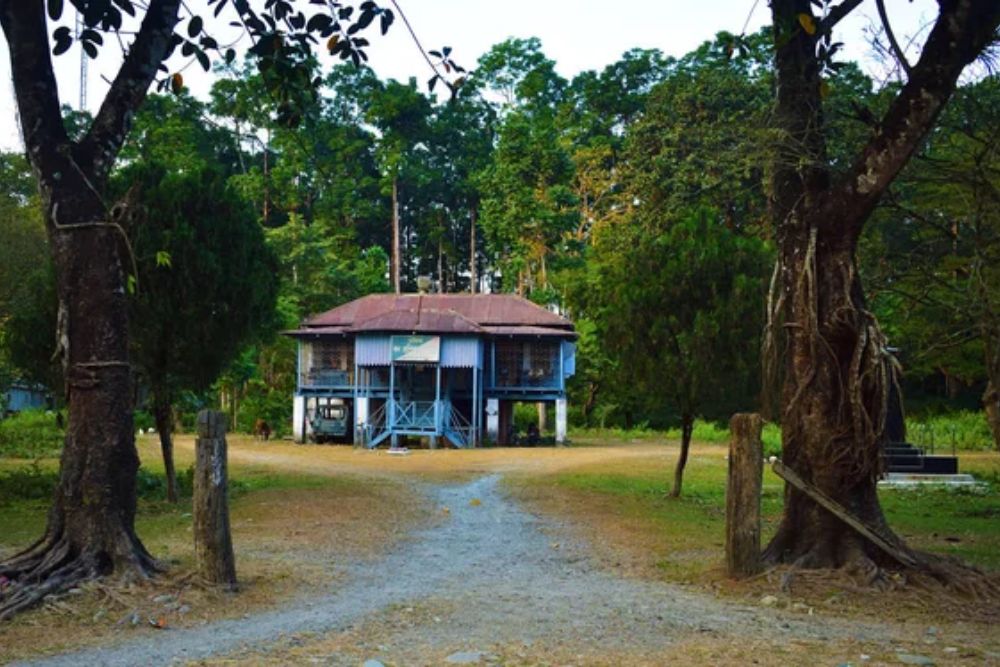
West Bengal’s foothills region hosts tea houses within plantations that stretch toward the Bhutan border, creating settings where tea culture meets Himalayan adventure. These establishments often serve as bases for exploring nearby national parks where elephants, rhinos, and tigers roam through landscapes that transition from tea gardens to dense jungle.
The region’s flat terrain and river systems create growing conditions that produce robust teas perfect for traditional milk tea preparations. Local tea houses often reflect the cultural diversity of the region, with influences from Bengali, Nepali, and tribal communities creating unique hospitality traditions.
Like Travel Pug’s content? Follow us on MSN.
Uva Province Tea Houses
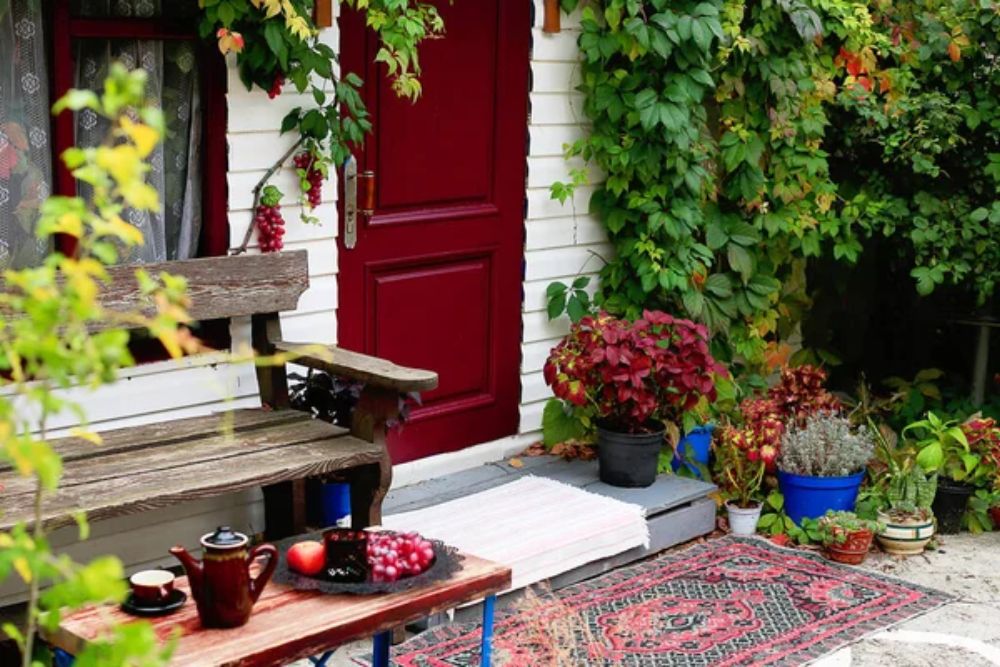
Sri Lanka’s central highlands host tea houses within plantations that produce some of the world’s most distinctive high-grown teas. The area’s dramatic elevation changes and monsoon patterns create microclimates that allow for exceptional tea cultivation alongside spectacular mountain scenery.
Many establishments occupy locations with views across multiple valleys toward distant peaks, creating settings where the scale of tea cultivation becomes apparent. The combination of perfect growing conditions, traditional processing methods, and stunning landscapes makes Uva’s tea houses essential destinations for serious tea enthusiasts.
Rize Tea Houses
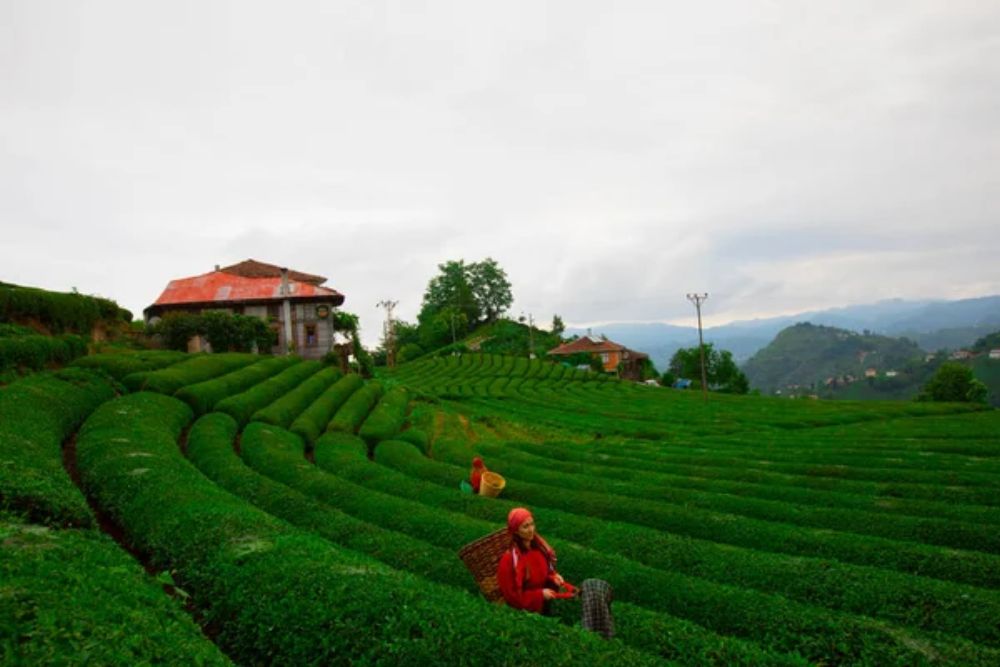
Turkey’s Black Sea coast features tea houses within the country’s primary tea-growing region, where steep hillsides create dramatic terraced landscapes. These establishments often provide elevated positions where visitors can appreciate both the scale of tea cultivation and views across the Black Sea toward distant mountains.
The region’s unique climate, influenced by maritime conditions and mountain topography, produces teas with characteristics distinct from other global varieties. Local tea houses serve traditional Turkish tea preparations alongside regional specialties, creating experiences that combine tea culture with authentic regional hospitality.
Where Mountains Meet Tea Culture
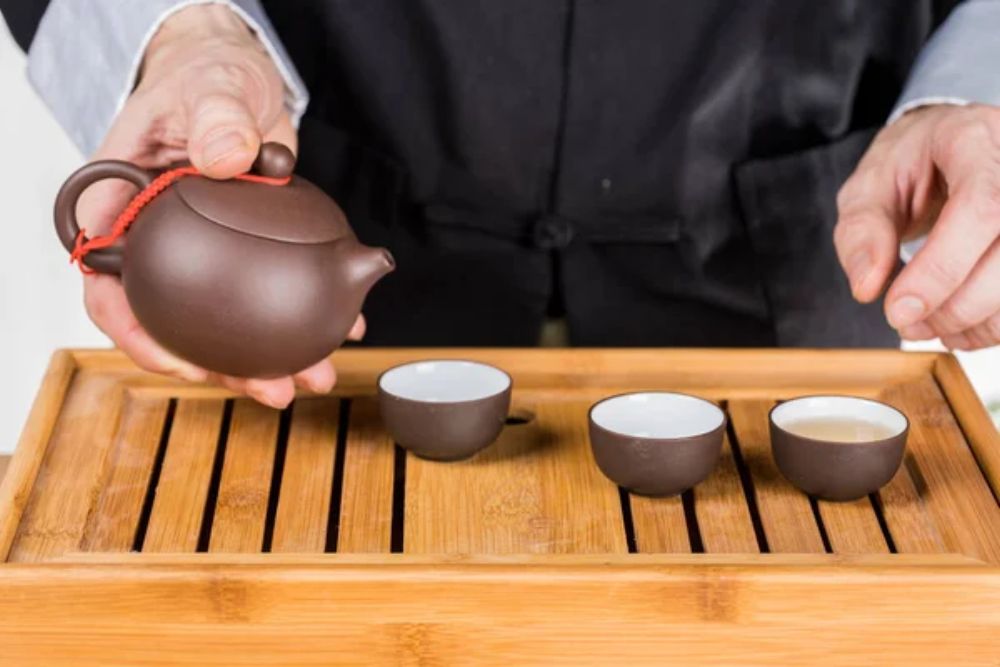
These mountain tea houses prove that the best tea experiences happen when exceptional growing conditions meet genuine hospitality and spectacular settings. Each location offers something unique—whether it’s the spiritual atmosphere of Himalayan monasteries, the colonial charm of hill station plantations, or the dramatic landscapes where tea bushes cling to impossible slopes.
What they share is an understanding that tea drinking is enhanced by taking time to appreciate both the beverage and its surroundings, creating moments of peace that feel increasingly precious in our accelerated world. Visiting these tea houses isn’t just about sampling different varieties—it’s about experiencing how geography, culture, and tradition combine to create some of life’s most satisfying simple pleasures.
More from Travel Pug

- 20 Best Beach Towns in the Carolinas
- 13 Destinations Where Tourists Regularly Regret Their Trip
- 20 Destinations That Are More Magical Without an Itinerary
- 20 Underrated Adventures That Belong on Your Travel List
- 20 Cities Where You Should Just Wing It, No Planning Required
Like Travel Pug’s content? Follow us on MSN.
